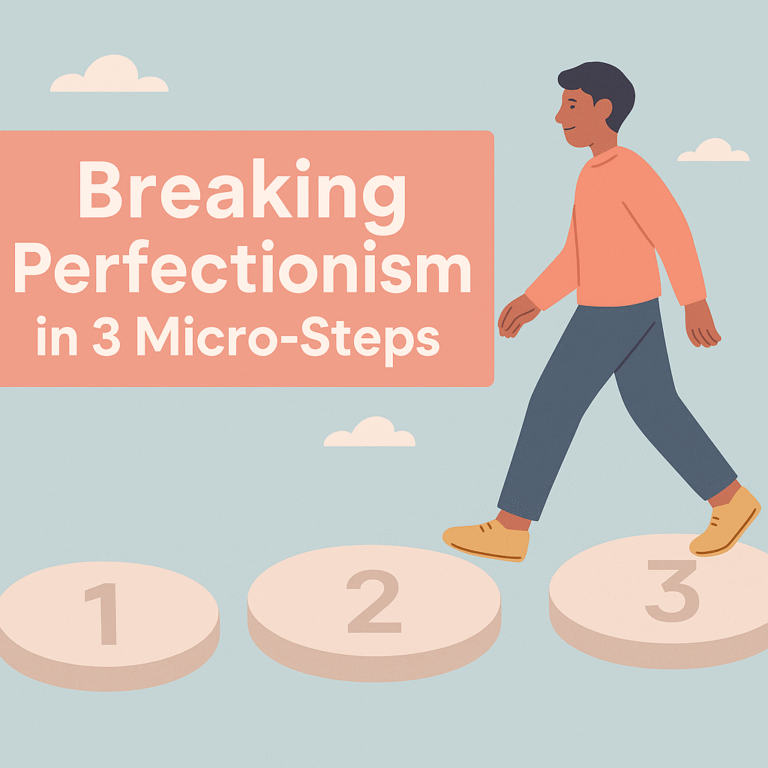When Plan A Falls Through: How to Pick a Strong Backup Career
Hello, my friend! Thank you for choosing the Read and Reflect.
Introduction
Failing to land your first-choice career can feel like hitting a wall. Maybe the visa didn’t come through, the interview went poorly, or you realized the job isn’t right. But a backup career isn’t settling—it’s a smart, strategic move that can lead to growth, stability, and unexpected opportunities.
In this guide, we’ll:
- Understand why a backup plan matters
- Walk through 7 clear steps to choose your next path
- Share real‑world examples of successful career pivots
- Provide a mini worksheet to map your skills and options
By the end, you’ll have a confident roadmap for building a “Plan B” that inspires you.
Why You Need a Backup Career
- Reduces pressure: With one option off the table, you free your mind to explore.
- Builds resilience: Learning new fields or skills makes you adaptable and marketable.
- Opens doors: Plan B can become Plan A as you discover hidden passions or niches.
Example: Ravi wanted to be a graphic designer, but after two rejected applications, he started teaching design basics online. That soon led him to a higher‑paying UX role, combining his teaching with design skills.
7 Steps to Choose and Launch Your Backup Career
1. Inventory Your Transferable Skills
List your core abilities: communication, project management, writing, coding, and problem‑solving. These bridge fields—for example, stellar writing can lead to copywriting, content strategy, or technical documentation.
2. Research Adjacent Fields
Look for industries where your skills apply. If you’re in marketing, consider sales enablement, customer success, or instructional design. Google “careers similar to [your field]” and scan job postings to see required skills and salaries.
3. Talk to People in the Industry
Use LinkedIn or alumni networks to request 15‑minute informational chats. Ask what a typical day looks like, entry requirements, and growth paths. Take notes on jargon, tools, and certifications they mention.
4. Map Out a Learning Plan
Identify any skill gaps and pick one method to fill them: an online course, a weekend workshop, or a mentor. Set small milestones—complete a course module, build a portfolio item, or pass a certification exam in 4–6 weeks.
5. Test Through Side Projects or Volunteering
Before quitting, try a low‑risk experiment: freelance a small task, help a nonprofit, or create a personal project. This real work builds confidence and concrete examples you can show future employers.
6. Update Your Professional Brand
Revise your resume, LinkedIn headline, and portfolio to highlight transferable skills and new experiences. Use keywords from job descriptions. Add a section: “Career Pivot: Transitioning from X to Y.”
7. Apply Strategically and Track Results
Fix a goal: send 5–10 applications per week. Customise each cover letter. Track responses in a simple spreadsheet: company, role, date applied, follow‑up date, outcome. Celebrate each interview as progress.
Mini Worksheet
1. My top 5 transferable skills:
2. Adjacent careers to explore:
3. Learning resources to use:
4. Side project ideas:
5. Application tracker setup (e.g., spreadsheet columns):
FAQs
Q: Isn’t a backup career admitting failure?
A: Not at all. It’s planning wisely. Many successful people pivot multiple times before finding their niche.
Q: How do I stay motivated on Plan B?
A: Set weekly goals, join peer groups, and reward yourself for progress—no matter how small.
Q: What if I hate Plan B too?
A: Keep exploring. Your backup might be a bridge to Plan C. Use each experience to refine what truly fits you.
Explore More Lessons
- Story About Self-Worth After Failure
- Unemployed and Unstoppable: 7 Steps to Pivot After a Layoff
- Need a Breather? 7 Steps to Ask Your Partner for Space Without Drama
Final Thought
Your career journey isn’t a straight line—it’s a series of experiments. A backup plan isn’t a consolation prize; it’s a launchpad. By inventorying your skills, testing new paths, and tracking progress, you can turn setbacks into opportunities. Start today: choose one adjacent field, book one chat, and take your first step toward a fulfilling Plan B.
Ready to explore your backup career? Share your next step in the comments below!
Discover more from ReadAndReflect
Subscribe to get the latest posts sent to your email.








